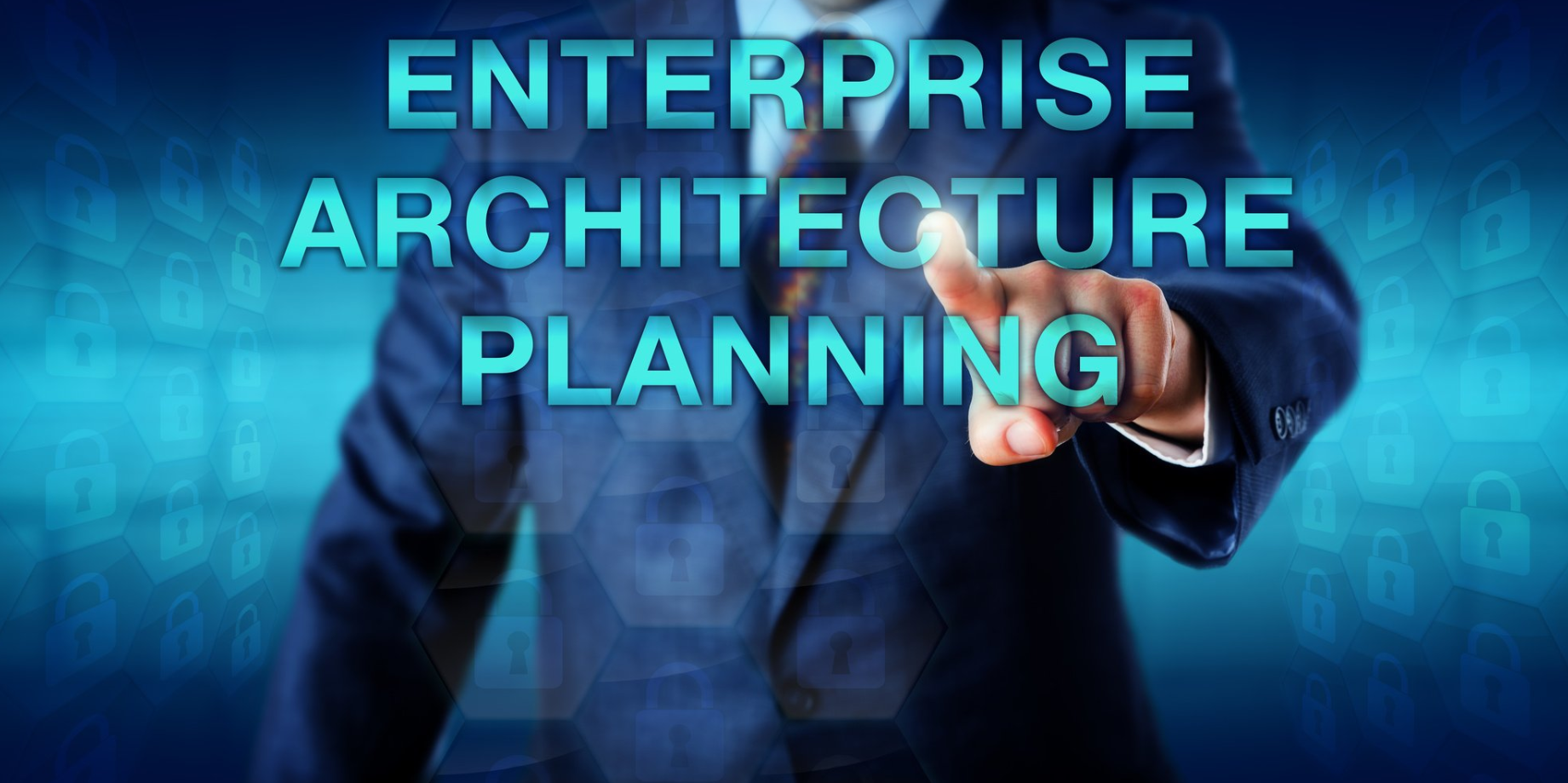
What is enterprise architecture, and why should I care?
That depends on who you are.
If you’re an Agile team member, you probably want to know what it feels like every time you check in to a program. You need to check your ROI with that enterprise architecture.
Suppose you’re at the top of the executive chain. In that case, you want to know that your enterprise architecture is a haven, a base of operations, a serene and beautiful marbled structure where poor managers who try to perform agile transformations can find a pocket of serenity, a sanctum of executive enlightenment.
Whoops–wrong paragraph. That’s too far. Agile enterprise architecture is a complicated thing, though. It must manage many operations, perform effectively, and become more agile. How does it all work?
Table of Contents
Communication Breakdowns
Communication breakdowns can be a significant challenge. Poorly managed communication can lead to:
- errors
- lack of clarity
- low productivity
It would help if you considered the importance of effective communication. Teams should be encouraged to ask questions. They should regularly communicate to ensure clarity.
Developing an effective communication plan can prevent communication breakdowns. Breaking complex projects helps remove roadblocks before they arise.
Efficient communication is vital to agile enterprise architecture. It has the power to unlock immense value.
Cultural Shifts
The cultural shift within an organization can be immense. Organizations must adopt cultural traits that value the following:
- speed
- collaboration
- communication
This shift requires open discussions between internal teams. It includes IT, finance, and product. It also has external stakeholders: suppliers, customers, and partners.
Additionally, you must accept risk and mitigate it. All these tasks need the right mindset from both the individual and the enterprise as a whole. It makes it one of agile transformation’s most essential and challenging elements.
Cloud Computing
Cloud computing has revolutionized the way businesses work. It allows for an agile enterprise architecture. It can also keep pace with the ever-changing landscape of technology.
Cloud systems have become complex. Hence, organizations must contend with the following:
- complex configuration management
- interoperability with legacy systems
- strong governance of resources
A comprehensive understanding of user needs ensures that you tailor cloud solutions.
Data Security and Compliance Concerns
Organizations must ensure that they create the necessary procedures and install them. It is to secure the data and its movement.
Furthermore, you must put in place a proper governance system to:
- control access
- ensure you meet regulatory requirements
- provide the necessary reporting and alerting criteria
Consider security and compliance measures when designing the application ecosystem. It can define the security boundaries between the applications and the data.
Lack of Skills
This challenge can manifest itself in various ways. Modern businesses are becoming more agile. They use technology to increase efficiency and productivity.
The need for resources with up-to-date technology skills is more crucial than ever. Organizations must invest in their employees to ensure they have the necessary technology skills. It is to keep pace with the changing enterprise architecture landscape.
Enterprise architecture training, certifications, and TOGAF courses are ways organizations can work. It can close the skills gap and get the most from their Agile EA.
The Challenges for Agile Enterprise Architecture
Agile Enterprise Architecture can help organizations anticipate customer demands and stay competitive. It allows organizations to adapt to technological and environmental changes quickly.
It can be a daunting task. A clear understanding of the challenges can benefit from its rapid speed. There are also technological advantages.
Get started today. Ensure your enterprise architecture is agile and future-proof!
If you found this helpful, visit our blog for more!


